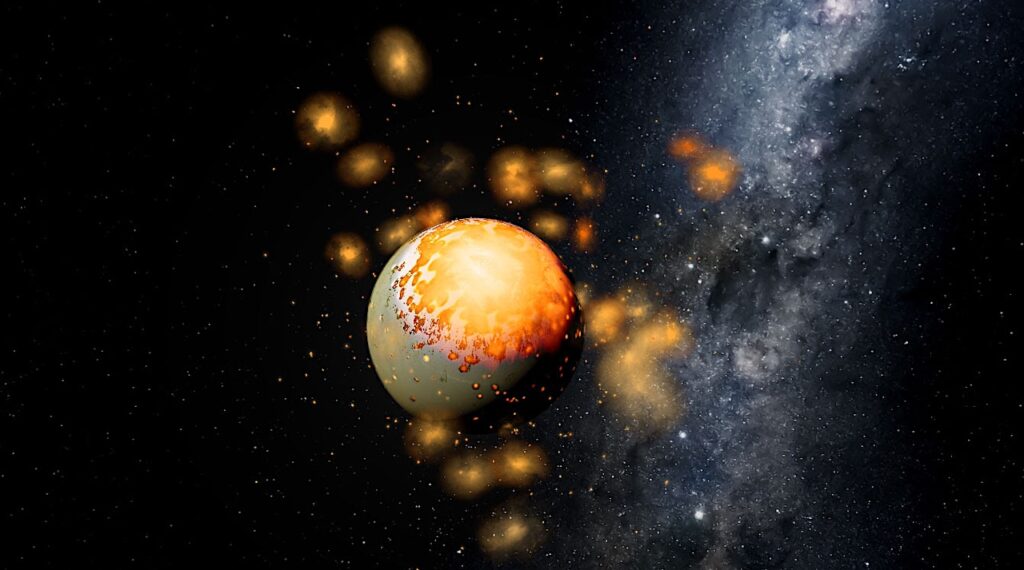Detection Of Simplest Amino Acid Glycine In The Atmosphere Of Venus

Amino acids are considered to be prime ingredients in chemistry, leading to life.
Glycine is the simplest amino acid and most commonly found in animal proteins. It is a glucogenic and non-essential amino acid that is produced naturally by the living body and plays a key role in the creation of several other important bio-compounds and proteins.
We report the spectroscopic detection of the presence of the simplest amino acid glycine (NH2CH2COOH) with transition J=13(13,1)–12(12,0) at ν=261.87 GHz (16.7σ statistical significance) with column density N(glycine)=7.8×1012 cm−2, in the atmosphere of the solar planet Venus using the Atacama Large Millimeter/submillimeter Array (ALMA). Its detection in the atmosphere of Venus might be one of the keys to understand the formation mechanisms of prebiotic molecules in the atmosphere of Venus. The upper atmosphere of Venus may be going through nearly the same biological method as Earth billions of years ago.
Arijit Manna, Sabyasachi Pal, Mangal Hazra
Comments: 14 pages, 4 figures, submitted in Science
Subjects: Earth and Planetary Astrophysics (astro-ph.EP); Biological Physics (physics.bio-ph)
Cite as: arXiv:2010.06211 [astro-ph.EP] (or arXiv:2010.06211v1 [astro-ph.EP] for this version)
Submission history
From: Sabyasachi Pal Dr.
[v1] Tue, 13 Oct 2020 07:35:56 UTC (879 KB)
https://arxiv.org/abs/2010.06211
Astrobiology, Astrochemistry,








